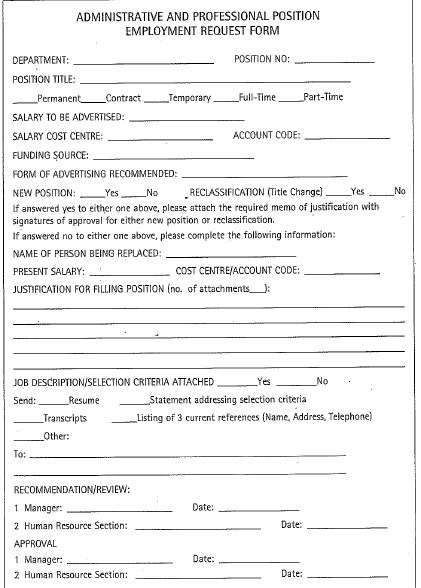Recruitment policy
An organisation’s recruitment policy provides the framework for recruiting action and reflects the organisation’s recruitment objectives and culture. It details the overriding principle to be followed by management in general and by the HR manager in particular. Some items to be considered in the development of a recruitment policy include:
- EEO – will EEO policies be applied only where legally required or universally (this may occur with multi national organisations)
- Promotion from within
- Recruiting personnel from local, interstate, international sources
- Permanent part time and casual employment
- Hiring people with disabilities
- Hiring women and people from minority groups
- Employees taking retirement, early or otherwise
- Employing gay or lesbian personnel
- Employing relatives or friends of existing employees
- Employing children domestically and internationally
- Employing union/non union members
- The balance of the emphasis on technical skills and formal qualifications rather and the emphasis on the values held by the applicant
- The selection methods and media to recruit personnel – which positions will be advertised? Which will be placed with executive search firms
- The decision about to what extent to inform applicants about the position, career opportunities, the company, its products. Will anything be glossed over?
- The decision about how and when to inform applicants about the job, the company etc.
The decisions regarding all this must be consistent with the organisation’s strategic and HR objectives, culture and all legal requirements.
Answers to the following questions may help you to control the recruitment process:
- Is the proposed employee necessary?
- What about costs and budgets?
- Is there a high turnover in the department?
- Is there someone in the organisation who can do the job?
- What are the award/enterprise/workplace agreement considerations?
- Is the job necessary?
Many organisations implement procedures where recruitment requisition forms are required to pursue the process of filling the vacancy.
Sections on a typical requisition form could include:
- position details-title, department, manager, status, etc
- brief position description and person specification, with full details attached
- recommended salary
- sign-off and comments.


